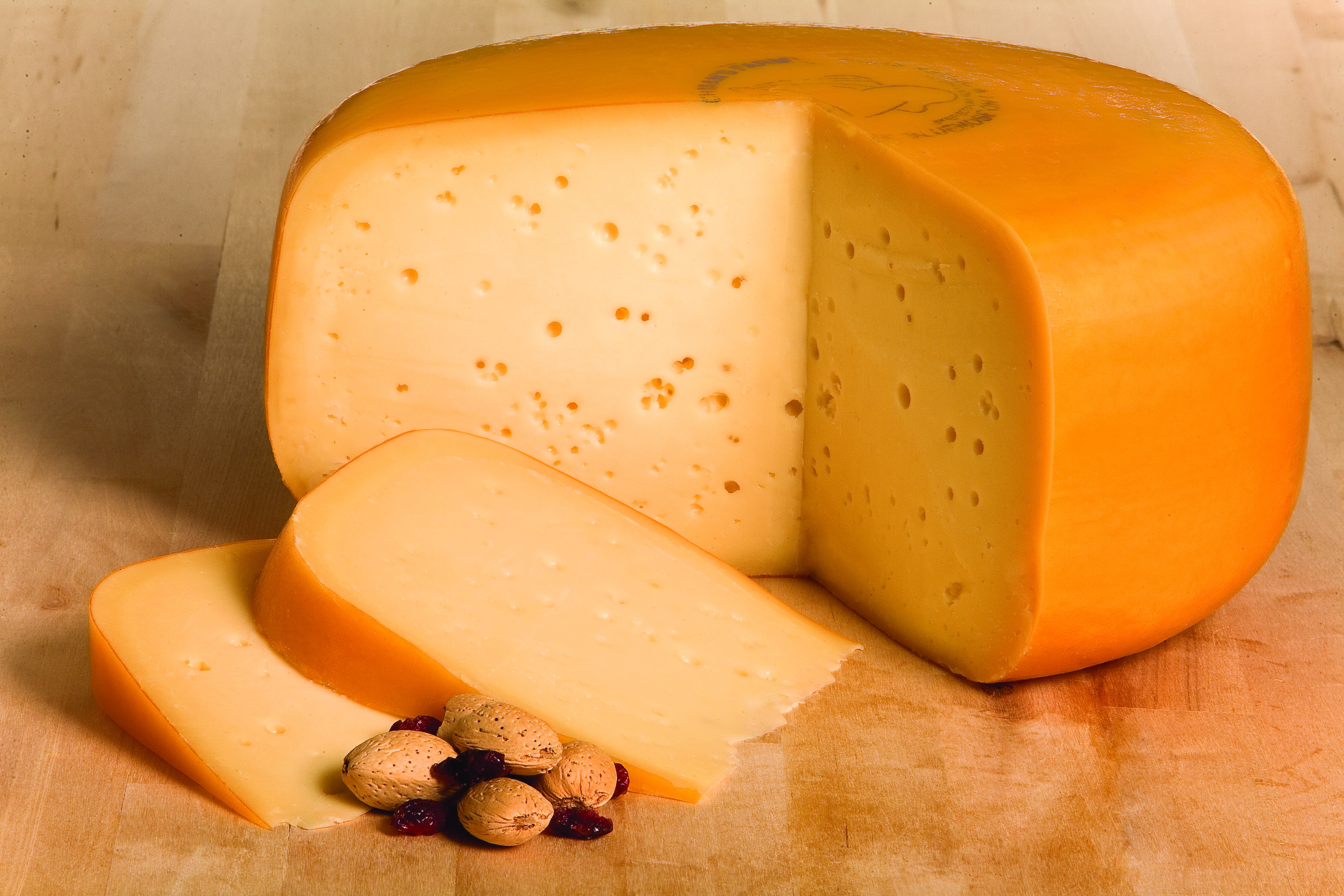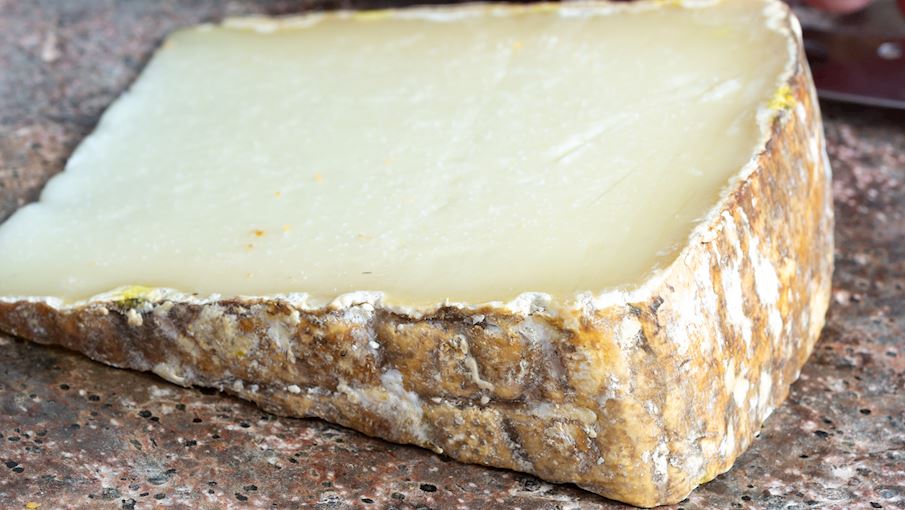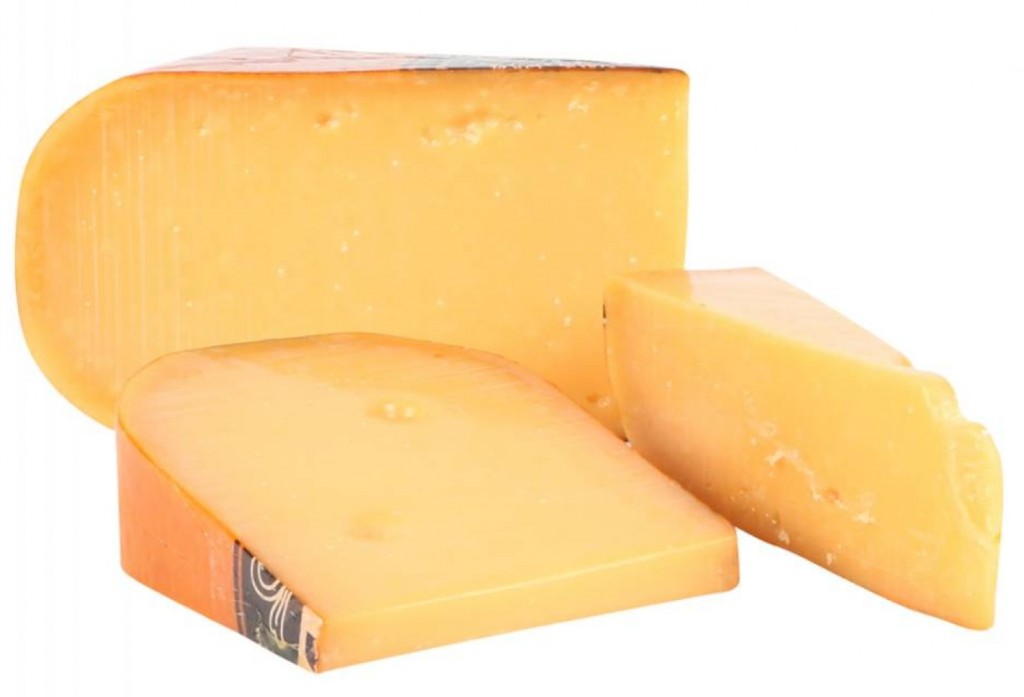When this compiler decided to start a blog, he was at a loss as to where to start. The subject of historical magic is both broad and plastic, operating most often in complete defiance of systematization. Magic is weird, wonderful, and deeply frustrating for anyone seeking a unifying logic. Even when confined to the comparatively narrow study of European and Mediterranean practice, magic is wildly diverse, informed as much by high-minded philosophers and theologians as by charlatans and the intellectually incurious.
This compiler’s first impulse is to examine the cosmological structure of ancient and medieval peoples. Their notions of what enabled magic to work were predicated on a combination of received wisdom from their forefathers and their own natural observations of natural phenomena. To use the archaic definition of the word, these form the dogma of magic, the Greek for “something that seems true.”
Dogma poses too many problems as a starting point, not least of which is the unfashionable nature of the term. Even when one ignores the distaste of the language, there is a high risk of alienating potential readers by bombarding them with too many high-level abstractions too quickly.
Something smaller may work better, something less totalizing. Magic has no shortage of curses for petty sleights, ill-conceived recipes, or embarrassing misunderstandings. Hell, these subjects themselves warrant their own exploration as demonstrations of human creativity, depravity, and even willful ignorance!
Wait, no, that’s still too abstract. The starting point needs to be something concrete, something…relatable. Something human. Maybe even something a little…cheesy.
The Cheese Spell
The cheese spell is a shockingly common operation in European magical tradition. It appears no less than eleven times in Claude Lecouteux’s Dictionary of Ancient Magic Words and Spells: From Abraxas to Zoar.
The basic structure of the spell is uniform: the caster believes someone to be a thief; they enchant a piece of cheese and serve it to the suspect; if the suspect is unable to eat the cheese, then they are confirmed to be the thief.
Digging Deeper
This all appears to be simple, straightforward, childish even. Just feed a thief some cheese. What can be gleaned from something this petty?
Quite a lot, actually! The magical record tends to be rather sparse on details, and when an author deigns to elaborate, it often contradicts the descriptions of the same or a similar spell in other texts. Different people prioritize different things. Different cultures or even the same cultures at different times have different values, framings, and conceptual languages. What may have been glaringly obvious at the time of penning, like food preparation procedures, may be opaque to the modern reader.
The cheese spell itself has several vectors of ambiguity: where cheese, why cheese, how cheese, how not cheese, and who cheese.
| Anton Christian Bang (1840-1913) |
Where Cheese?
The cheese spell was a popular spell from Scandinavia. We know this because at least eleven variations survive, all compiled for posterity by three people.
The first was Norwegian politician and historian Anton Christian Bang in his work Norske hexeformularer og magiske opskrifter (“Norwegian hex forms and magic recipes,” 1901). The second was Danish folklorist Ferdinand Orht (1873-1938), in his two-volume work Danmarks Trylleformler (“Denmark Spells,” 1917-1921). Finally, American folklorist Mary S. Rustad found two handwritten grimoires in an old attic in central Norway and published them as The Black Books of Elverum (1990).
 |
| Ferdinand Christian Peter Orht (1873-1938) |
Why Cheese?
There are several reasons that cheese would be a suitable medium for spell delivery. First, is that cheese is food. Food is served in the domestic space. Theft of the nature alluded to is a violation of the domestic space. In this sense, the caster is catching them repeating the act of taking.
But you might be asking yourself, if the mechanical concerns of the operation are tricking someone into accepting food they cannot eat, wouldn’t any food do?
Well, yes, yes, it would.
Bread features in at least two variants of this spell: one in the French Les Oeuvres Magiques (“The Magical Works,” 1744), attributed to Heinrich Cornelius Agrippa and Pietro d'Abano, and another in the German Die kirchlichen benediktionen in mittelalter (“The Ecclesiastical Benedictions in the Middle Ages,” Vol. II, 336, 1909), compiled by Catholic theologian Adolph Franz.
In Les Oeuvres Magiques, one writes Omax Opax Olifax on a pancake. In Die kirchlichen, one writes Saraioua or Sarson on a crust of bread, and Saraphael or Sampson on a piece of cheese, and the thief shall be able to eat neither. We even see bread used in the spell cataloged by Orht with the invocation Habere Dabere Sachere!
 |
| Heinrich Cornelius Agrippa von Nettesheim (1486-1535) |
But Why Cheese?
Okay, we’ve gone over the plasticity of the chosen medium. Bread would work perfectly for such a spell, just as bread serves as a medium for many other spells. Is there any reason cheese appears to be the favored vehicle for this spell?
Well, this spell was most popular in Northern Europe. Gouda, Gulost, and Nøkkelost are available for this spell, among others that hold their shape well, making them a preferable support medium for script. On top of that, what Scandinavian doesn’t love cheese?
How Cheese?
This covers three topics: the cheese preparation, the enchanting method, and the words.
First, only one spell calls for specialized cheese preparation before casting the spell. In the case of the MAX PAX FIRAX variant discovered by Mary Rustad, for three Sundays in a row, the "Our Father" must be recited over the cheese without saying “Amen.” Thus “sanctified,” the cheese is ready to receive the spell. Whether the other variations required similar sanctification remains unclear.
It was the habit of magical scribes to neglect the contextually obvious and to omit knowledge already expected of the initiate. We see a similar trend in medieval engineering texts: they tell the reader not to bother with the described machines if they cannot make a clock.
Another consideration is that practitioners often had the exact same problem we do: copying texts from hundreds of years prior, oblivious to the context of those works. This would have been a significant problem if the work had been recovered from a grave or cache, where it may have been preserved for centuries. Under such conditions, a tradition of instruction is broken and is revived by a reader who may not speak the language of the text fluently.
Enchanting sometimes involves spoken conjurations, as in Ohrt I, no. 949:
“I conjure you, X, if you are guilty, by the one God, by the holy God, and by the preceding names, to not eat this cheese!”
The other option is to write on the cheese. The practitioner might write on the cheese with their finger, leaving no mark. They might literally write on the cheese with a quill and ink. In the case of the signs of Bang, no. 1146, the words are carved into the cheese.
Finally, the magic words themselves. In alphabetical order:
-AGULA IGULA AGULET - written
(Ohrt I, no. 952)
-ANUOLL, AORDA, LABORO DOLOR PAUPERTIN. GIAM TUAM - written
(Bang, no. 1144)
-ELOY † TETRAGRAMATHON † MESSIAS † OTHRES † YSKIROS † - written
(Ohrt I, no. 949)
-FOR FROE NOBALUTZ EST - written
(Bang, no. 1145)
-HABERE DABERE SACHERE - written
(Ohrt II, 97, 104, 123)
-MAX PAX FIRAX URGUX EXQEIDAX ARARE-LINGSTRAM TUAM FASIE DOLORE † - written
(BBE, 63)
-NEGUBA EXGVEDIA ARRARO FINTE AM TUAM TASIE DOLLORE - written
(BBE, 63)
-OMAX OPAX OLIFAX - written
(Les Oeuvres Magiques, 82)
-P ++ M COGA ♓︎ III - carved
(Bang, no. 1146)
-PAX † DAX † † EMAX ††† - written
(Bang, no. 1058, 1060, 1061, 1062, 1063; actual entry unsure, don’t speak Norwegian)
-PAX POX BIZAX - written
(Bang, no. 1058, 1060, 1061, 1062, 1063; actual entry unsure, don’t speak Norwegian)
-RABUN RATTACU FLUXA MAX PARVENECH - written
(Bang, no. 1065)
-SARAIOUA SARAPHAEL - written
(Franz II, 336)
-SARSON SAMPSON - written
(Franz II, 336)
How NOT Cheese?
What is actually supposed to be preventing the suspect from consuming the cheese? There are several possible mechanisms. In the case of Ohrt I, 949, God is supposed to directly intervene, barring the thief from the cheese. In other variants, it is conjurations of angels, demons, saints, or biblical patriarchs. Some of these sequences, however, contain no names or conjurations, leaving the mechanism a property of the spell itself rather than an act of theurgy or sorcery.
Perhaps the cheese cannot be eaten because of an outstanding debt, the debt owed serving as a physical barrier to consumption. Maybe the cheese refuses to be consumed, knowing itself in the mouth of a shameless thief and unwilling to feed the unrepentant sinner. Perhaps the ink the spell is written in just tastes terrible.
Which brings us to another point: how is the suspect “unable to eat?” Some variations record that the thief will spit the cheese out, but others are more evasive, leaving room for the thief to refuse to pick the cheese up from the plate because of a foreboding feeling or even choking on the cheese.
Who Cheese?
What is a thief?
A silly question, right? Isn't a thief someone who steals? Well, it’s not that simple, as the term appears to have significant crossover with another social malefactor: the Witch.
In the Middle Ages, a common witch was the milk-stealing variety, labeled a grating in English and caillebottière in France. In fact, Mary Rustad found a spell in The Black Books of Elverum that must refer to this permutation of the witch. BBE, 13 contains a ritual intended to reveal the identity of the individual who bewitched the caster’s animals, including the words Hosala Diesla Euga. This compiler does not have access to a copy of Rustad’s findings, but given the plasticity of magic, it wouldn’t be surprising if those words were used in a cheese spell.
The most dramatic manifestation of the caillebottière is, conveniently enough, fundamentally Scandinavian: the witch-made milk thief.
Extracting Value
The above dissection is sufficient to inspire many writers, but this compiler would feel derelict if he did not expand these observations. A writer could take many directions at any step of this spell, and it would be a crime not to highlight them.
Value of Where
This compiler hadn’t put together that this spell was so heavily biased towards Scandinavian sources until this Spell Spotlight was in process. Being mainly dependent on secondary sources for the broader practice of magic, much of this compiler’s research has been based on the published works of Claude Lecouteux. Having engaged in my first foray into his extended bibliography, this serves as an excellent starting point for identifying specific authors and, by extension, specific regional practices. Recognizing Bang, Orht, and Rustad in Lecouteux’s Dictionary allows for immediate regional placement and, by extension, the ability to map relations with other spells.
Value of Why
The material for magic need not be expensive or exotic. People are biased towards their own material culture and are more than willing to substitute what is available instead of paying out the nose. This calls for authors to be familiar with the material culture of their characters: what food is available, what are the local woods, what is the local industry, and what does everyone have to work with?
While exotic and expensive materials appear, folk spells use folk materials to solve folk problems.
Value of How (Preparation)
There’s some ambiguity about why three Our Fathers might be spoken over the cheese without the final “Amen.” This compiler’s first impulse is to read it as an act of blasphemy. There’s no end of blasphemy in Western folk magic, intentional or otherwise. Perhaps it’s of the blasphemous stripe of using names of God for petty purposes instead of, say, reciting the Apostle’s Creed backward?
The function of Our Father is to ask God for spiritual sustenance and forgiveness, to extend forgiveness to others who have wronged the petitioner, and then to confirm the petitioner’s conviction with an “Amen.” The absence of the confirmation thrice means its lack is substantive.
This could mean, “I substantively refuse to forgive the thief.” It could be leaving the unuttered “Amen” hanging, the prayer unfinished, as if to say, “Forgiveness is denied so long as the trespass remains unreckoned.” The caster may even do this to negotiate with God, saying, “This theft cannot be forgiven until something is done about it.” Given the appeals to God and patriarchs found in these spells, the softer interpretations may be as likely as the Satanic interpretations.
These ambiguities are an excellent vehicle for characterization.
Value of How (Enchanting)
The caster's method and chosen words can tell a lot about the character.
For those who place primacy in the spoken word, this could mean they prioritize the utterance, infusing the spell with life by their own breath. It could mean they expect supernatural intelligences to hear them and act on the caster’s behalf. Perhaps giving voice to the spell is a bet on the caster’s honor.
Writing presents several options as well. Those who write on the cheese with their finger prioritize acting the words out to impart animation to the spell.
With quill and ink, inscribing the words writes the intentions into the cheese. The ink could also be used to make the cheese unpalatable, with the spell as a framing device to set the target up as a thief by exploiting a shared superstition.
Carving entails an element of violence, using a knife to cut the spell's words into the cheese. This may be done because it’s just the first thing the caster thinks of, or it could be used to imbue the cheese with the intent of violence at worst or righteous retribution at best. Of course, someone would spit out or choke on a piece of cheese that wants to hurt them!
Value of How (Words)
The words spoken over, written on, or carved into the cheese can tell us much about what the caster believes they are doing or what they might be unwittingly doing, depending on the writer’s intentions.
Like many iterations of similar spells, the active magical words are a smattering of divine names, names or signs of spirits, references to gestures, broken Latin, and words employed for their sonorous quality (they sound magic!).
Of the latter, we see Dax, Max, Pax, and a host of other -ax/-*x magical words. These are vox mystica, words that have no inherent meaning but confer magical potency. They may be more recognizable by another technical label: mumbo jumbo. Anyone studying the topic will run into these sorts of words regularly. This particular sequence is also an excellent example of a popular magic syllable/suffix.
PAX † DAX † † EMAX ††† contains, obviously, three sets of crosses, starting with one and increasing by one with each set. Typically, this is an indication that the caster is to cross themselves. Someone familiar with a practice like this would know. Still, someone completely uninitiated might instead include the crosses in the written script or vocalize their interpretation, such as “By the cross!”
P ++ M COGA ♓︎ III may be a cipher of some sort. The symbol of Pisces may refer to the astrological formation or perhaps the angel that presides over Pisces. III might be a triple invocation or reference to something more particular, such as Pisces in the third house. This compiler has not deeply dug into astrology, so further options may be forthcoming.
Finally, the invocations of the names of God. Many of the Abrahamic persuasion would balk at the suggestion of coercing or binding God, demanding that the totalizing creative Will perform what amounts to a miracle for something as petty as revealing a thief. Yes, the caster might be so arrogant as to try to bind God. Alternately, the caster may be at the end of their rope and see the spell not as binding but as a prayer entreating God to reveal the thief. An innocent person may be punished, and a loved one is desperate to reveal the truth. Alternately, they may see God as their co-conspirator in revealing the thief’s identity and that it would be natural to include God in the spell. Then, of course, there’s the Satanic angle, where taking God’s name in vain is used to invite the Devil to perform the spell’s action.
Value of How NOT
While other elements of this spell have hinged on the particular character of the caster, the mechanism that bars the target from eating the cheese is of interest to the writer as a means of fleshing out the system. Can cheese be imbued with violent intent? Imparted with a will? Is it a vehicle for the action of spirits, familiar or foreign? Can the cheese not pass a barrier of force in the mouth? Does it taste foul? Does a ghost knock it out the mouth or into the windpipe? Is the target filled with an overwhelming sense of foreboding? What if the ink was made with ipecac?
What if God were to deny the thief the piece of cheese? Would the thief recognize the hand of the divine calling them to confess, or would they simply be puzzled? Would spitting out the cheese be followed by an involuntary confession?
The mechanic of the spell extends beyond the particular circumstance of character and material culture into the realm of world mechanics and even cosmological structuring.
Value of Who
Learning that, in many cases, “thief” and “witch” are interchangeable is immediately and obviously valuable, as this relationship extends to a host of other spells. That, however, leads us to a few questions about the thieves themselves. What are they stealing? Why are they stealing? How are they stealing?
This compiler has already touched on the milk-stealing caillebottière, identifying at least one resource. The people casting these spells worked for every calorie they got their hands on and preserved it just to survive the winter. When times are good, there may be a surplus and the other wealth that comes with it. Other times, every calorie is a precious resource that could be a determiner of life or death.
As in the real world, some people have, others don’t. We’re used to uniform fields tended to by tractors and fertilizers produced on an industrial scale, but that has not been most of human history. Even in the same field, some spots are more productive than others because of a variance in the soil, better drainage, or some other biasing effect. Between fields, these variances can be even more exaggerated. That sort of differential, allowing for equal effort, can lead to radically different yields. The wealth reaped by the few by what may be topographical happenstance can lead to that green-eyed monster named envy. This same motivation could extend from necessities to commodities, luxuries, heirlooms, tools, livestock, etc.
What sort of person steals? What does what they steal say about who they are? Are they desperate? Are they gluttons? Are they vengeful? Vindictive? Are they simply entitled sociopaths? Are they the sort to just nick things in front of them when they think someone’s back is turned? Did they carefully plan the theft and leave no trace? Did they use magic to dull the senses, put them to sleep, or did they conjure spirits to harass and plunder their neighbors?
TAKEAWAY
For all its apparent simplicity and pettiness, the cheese spell is a door into another time, another culture, and a radically different set of values than our own. Its hidden complexities are a playground for fiction writers of all stripes. It’s a friendly reminder that nothing can be too small or innocuous to take center stage in a grand drama. Not even a piece of cheese.
BIBLIOGRAPHY (Taken wholesale from Lecouteux)
-Bang, Anton C. Norske Hexeformularer og magiske opskrifter. New edition with forward and registers by Velle Espeland. Oslo: Univeritetsforlaget, 2005.
[1st ed. Kristiania (Oslo), 1901-1902]. Cited by spell number.
-Franz, Adolf. Die kirchlichen Benediktionen in Mittelalter. 2 vols. Graz: Herder, 1909.
-Lecouteux, C. (2015). Dictionary of Ancient Magic Words and Spells: From Abraxas to Zoar. Simon and Schuster.
-Orht, Ferdinand. Danmarks trylleformler, 2 vols. Copenhagen: Christiana, 1921. Vol. I: Innledeng og tekst is cited by spell number. Vol. II: Efterhast og lanformler is cited by page number.
-Agrippa, Heinrich Cornelius. Les oeuvres magiques de Henri-Corneille Agrippa par Pierre d'Aban, latin et français, avec des secrets occultes. Liége, 1788.
-BBE: Rustad, Mary S. The Black Books of Elverum. Lakeville, Minn.: Galde Press, 1999.
Please support the work of historians and folklorists like Claude Lecouteux. While many occult and historical texts are in the public domain, the hard work of summarizing these texts is done by people still living and working. If you can, please buy their books.












No comments:
Post a Comment